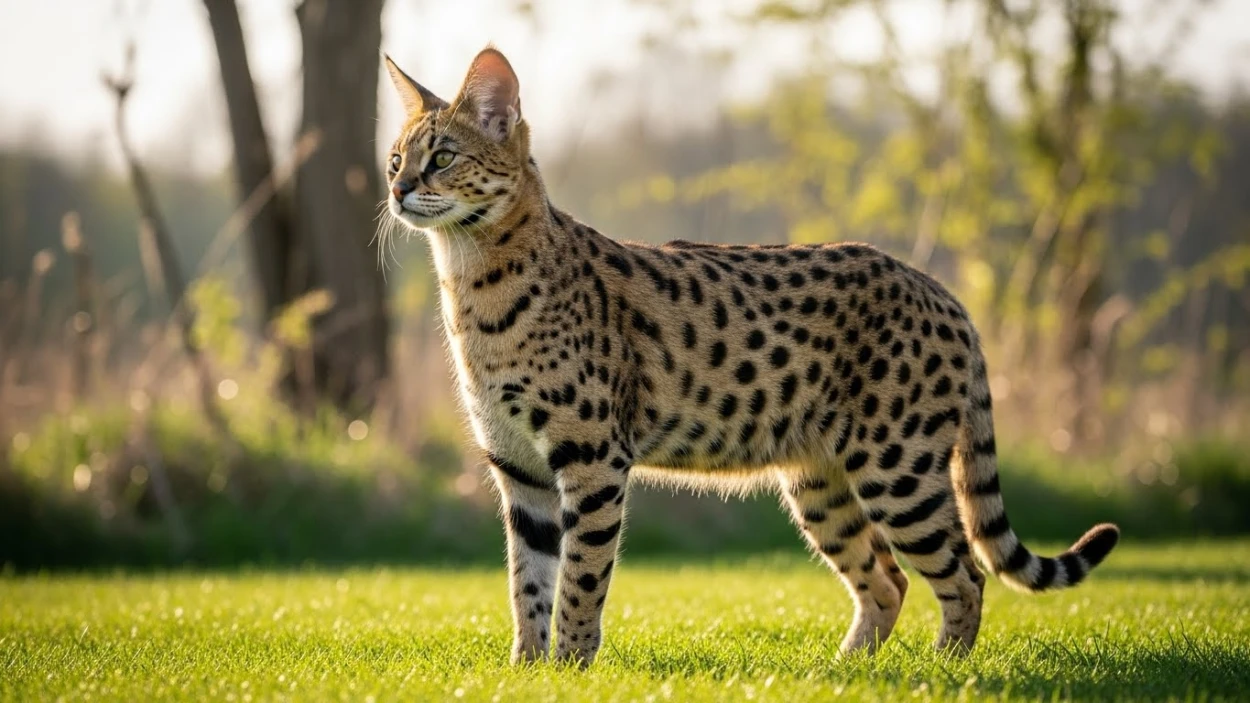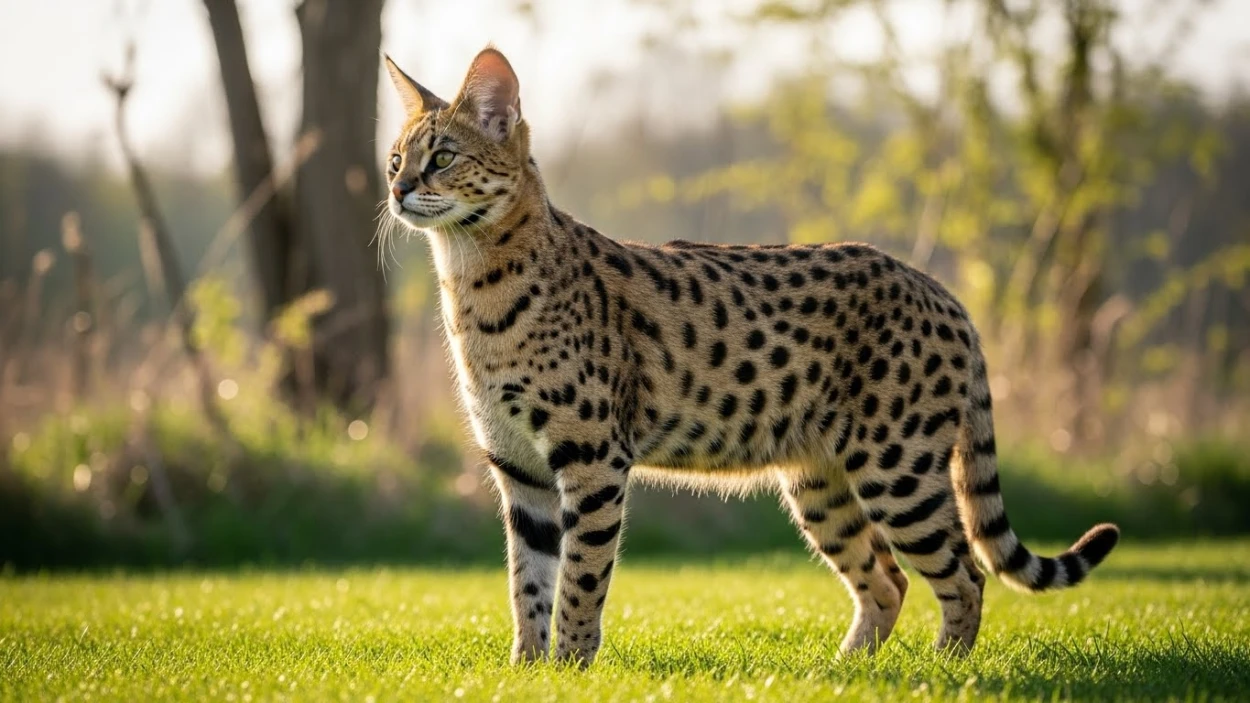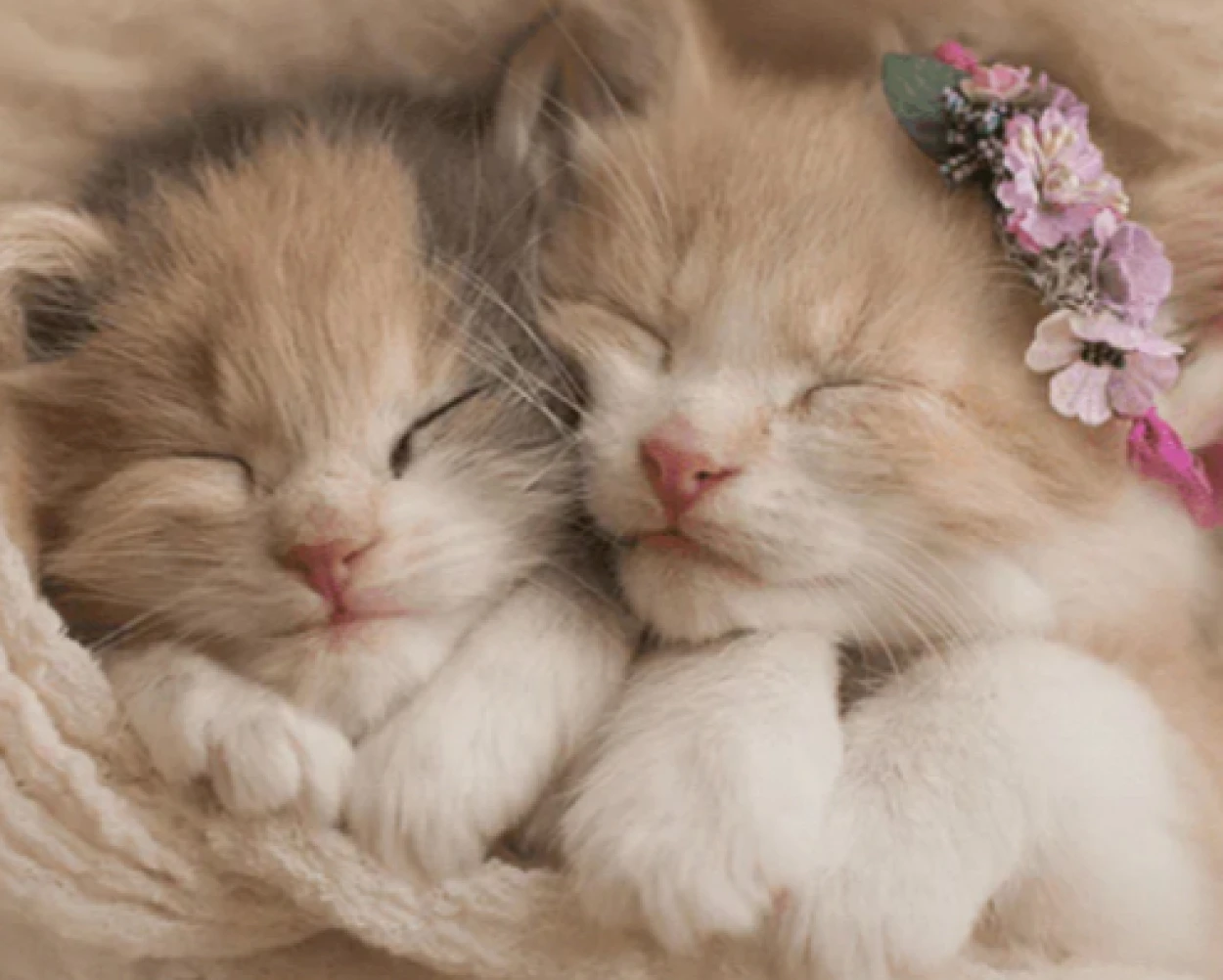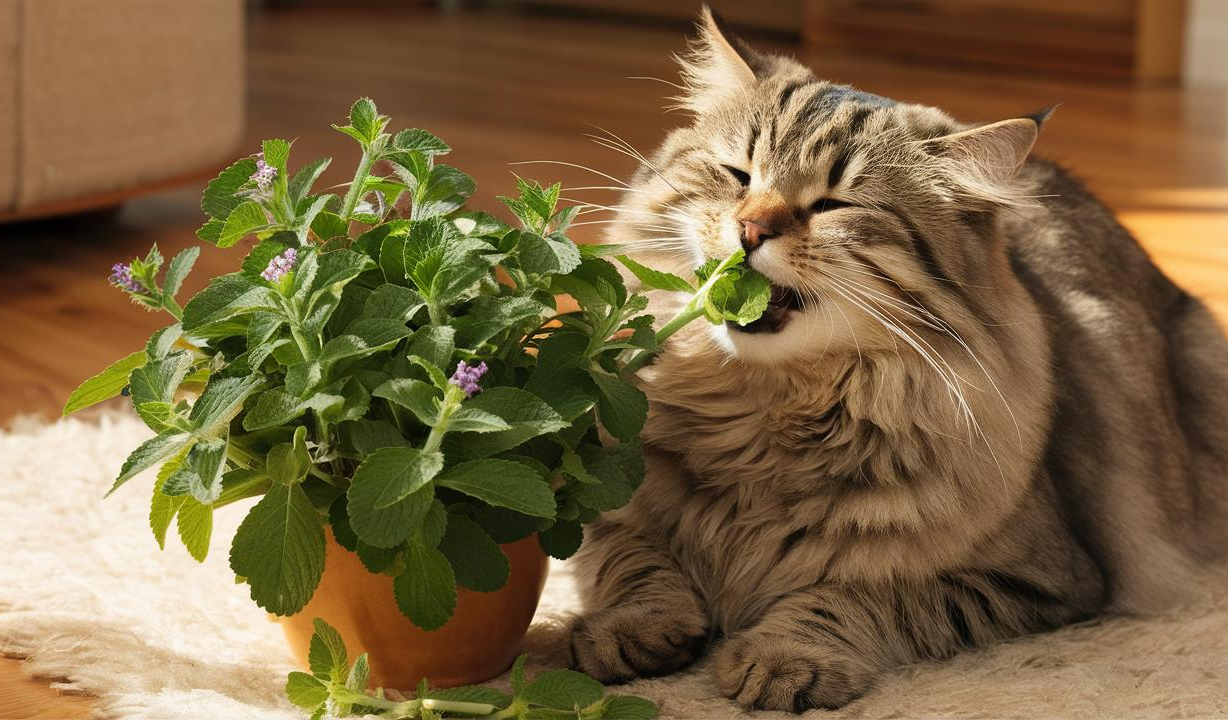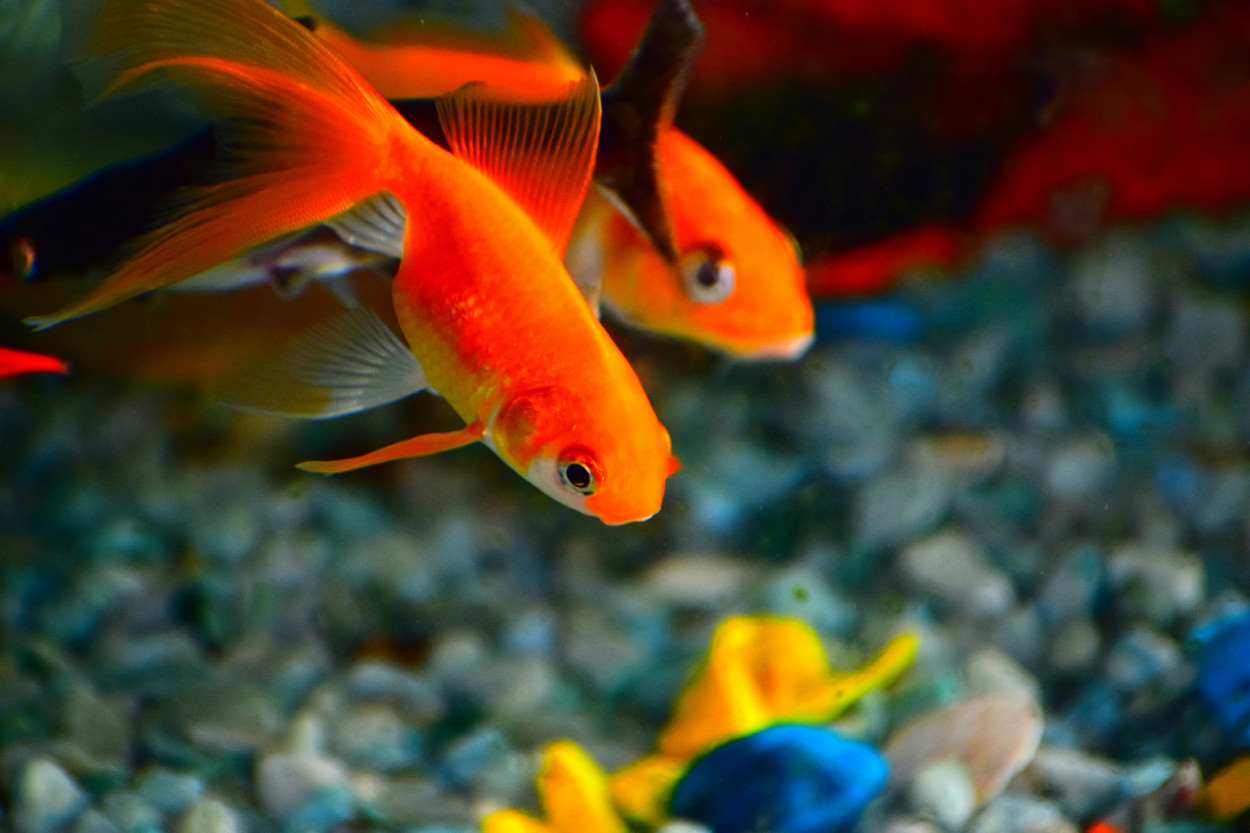The Chipin dog is a hybrid breed that is a cross between the Chihuahua and the Miniature Pinscher. This breed has become increasingly popular in recent years due to its small size, friendly personality, and adaptability. The Chipin has a unique appearance that combines features from both parent breeds.These pint-sized companions are known for their intelligence and spunk, making the training process crucial for a harmonious relationship between pet and owner.
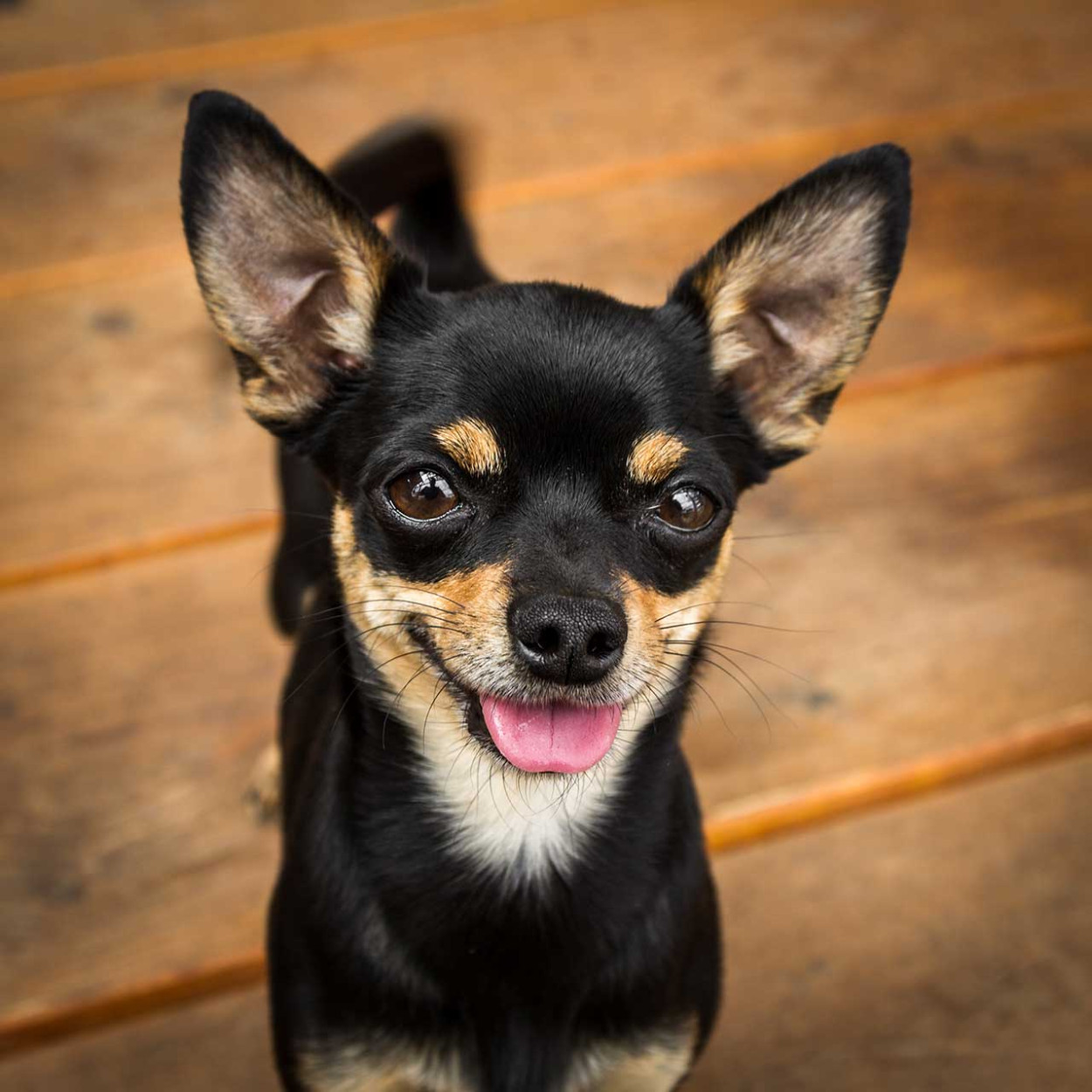
Understanding the Chipin Breed
Before you embark on the journey of training a chipin dog, it is important to know everything about the breed. Their small size doesn't hinder their energy levels, making training an integral part of their development.
Chipin's love to be with their owners all the time, and they make sure their people are always near them. As soon as they are separated from their owners, they will bark their displeasure throughout the house. In addition to being quite intelligent, they are also quite bored and destructive when left alone.
Dogs of this breed are often stubborn from birth. It is easy to train them because of their intelligence.
In the absence of early socialization, they often suffer from "Small Dog Syndrome". This results in barking and a confrontational attitude towards larger dogs, sometimes requiring protection.
Yet, they are affectionate and devoted, forming a strong bond with their owner swiftly.
Getting Started with Chipin Training
Creating a positive and nurturing environment is the first step in Chipin dog training. Establishing trust and building a strong bond between owner and pet form the foundation for successful training sessions.
Patience and consistency are key during the initial stages.
Quality Nutrition
Chipin puppies are bursting with energy, demanding a considerable calorie intake daily for their well-being.
While a Chipin dog generally requires around 1 cup of food per day, it's crucial to opt for high-quality, energy-packed formulations specifically designed for toy breeds. These specialized foods often feature smaller kibble sizes, ensuring easy consumption for these petite dogs.
Maintaining Health through Activity
Chipin dog, though small in size, thrive on an active lifestyle to ensure optimal health. It is recommended to engage them in a minimum of 45 minutes of exercise daily, encompassing activities like hiking, walking, or running.
Due to their agility, incorporating agility training can not only keep their bodies fit but also exercise their intelligent minds. Regular physical activity is key to preventing behavioral issues like jumping, chewing, digging, and excessive barking in this dynamic breed.
Basic Commands and Obedience Training
Teaching fundamental commands such as sit, stay, and come is crucial for a well-behaved Chipin. Consistency in training sessions, coupled with positive reinforcement through treats and praise, helps reinforce these commands.
It's important to understand that Chipin dog respond well to positive reinforcement, fostering a cooperative learning environment.
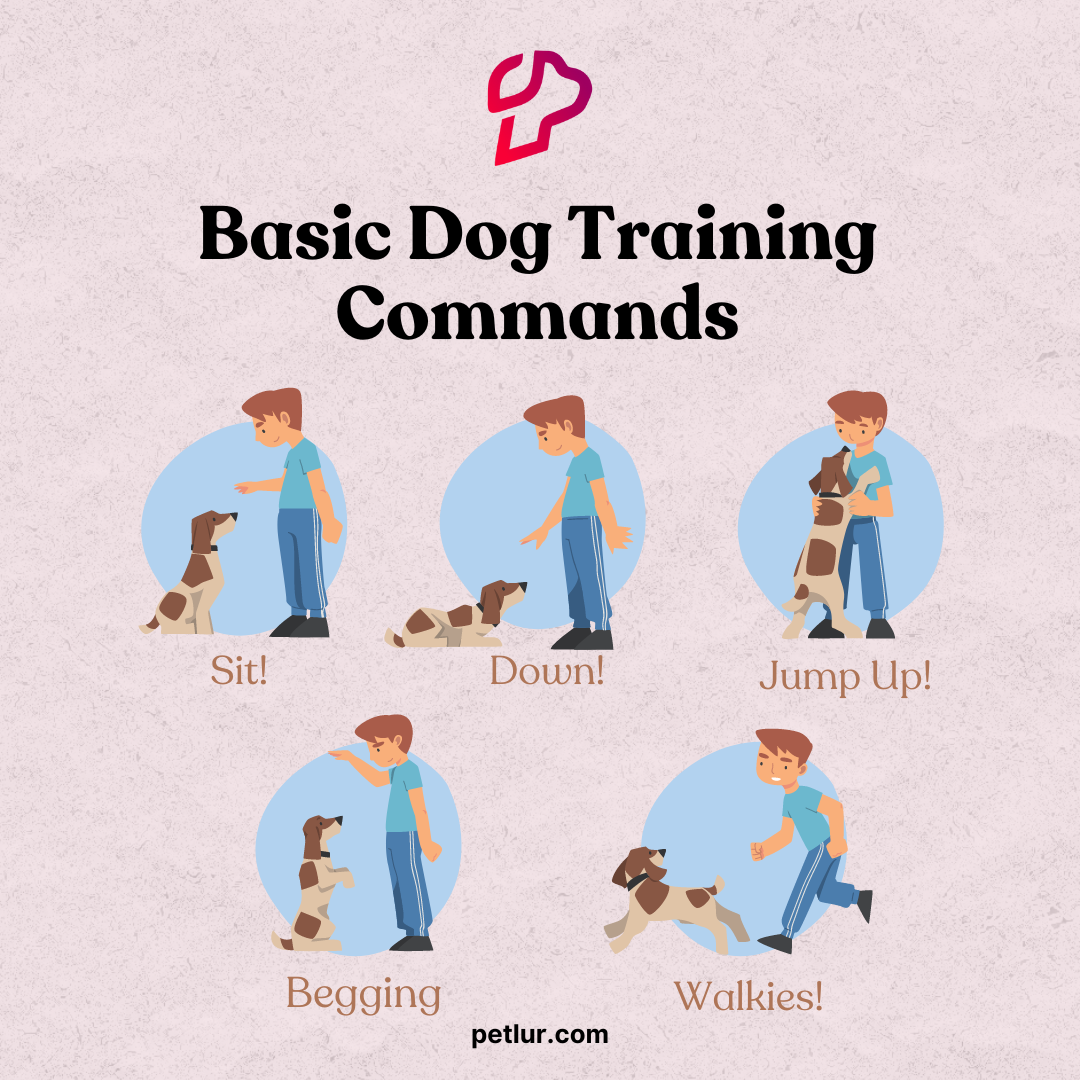
Socialization for Chipins
Socialization is a vital aspect of Chipin dog training. Exposing them to various environments, people, and other pets from an early age helps prevent behavioral issues.
Encouraging positive interactions during socialization sets the stage for a well-adjusted and friendly Chipin.
Addressing Behavioral Challenges
Chipins, like any other breed, may exhibit certain behavioral challenges. Barking and aggression are common issues that can be addressed through consistent training.
Potty training is another aspect that requires patience and positive reinforcement.
Positive Reinforcement Techniques
Utilizing treats and praise effectively enhances the training experience for Chipin dog. These positive reinforcement techniques create a positive association with commands, making the learning process enjoyable for both pet and owner.
Regularly incorporating these rewards into training sessions establishes a strong connection between obedience and positive outcomes.
Interactive Play and Mental Stimulation
Incorporating play into the training routine not only adds an element of fun but also contributes to mental stimulation. Chipins, being intelligent, benefit from interactive games that challenge their minds.
Keeping them mentally stimulated prevents boredom and reduces the likelihood of destructive behavior.
Training for Health and Safety
Training for health and safety involves teaching Chipin dog to respond to their name and follow basic safety commands. This is particularly important during outdoor activities.
These commands contribute to a Chipin's overall well-being and ensure a safe and enjoyable experience for both the pet and its owner.
Advanced Training for Chipins
For those looking to take Chipin training to the next level, agility training offers both physical and mental benefits. Additionally, introducing advanced commands provides ongoing mental stimulation, keeping Chipins engaged and active.
Consistency and Patience in Chipin Training
Chipin training requires dedication and time commitment. Celebrating small victories and understanding that each pet learns at its own pace contribute to a positive training experience.
Consistency in training methods and routines is paramount for long-term success.
Common Mistakes to Avoid
In the training journey, certain common mistakes should be avoided. Overlooking the importance of early training and resorting to harsh methods can hinder the bond between owner and Chipin.
A patient and positive approach yields more effective results.
Benefits of a Well-Trained Chipin
The efforts put into training a Chipin reap numerous benefits. A well-trained Chipin not only responds to commands but also strengthens the bond between owner and pet.
Reduced behavioral issues contribute to a harmonious living environment.
Chipin Grooming
The grooming of a Chipin is one of the easiest parts of owning one. Due to their short hair, they are extremely low-maintenance dogs. They also need to be kept indoors in cooler weather, since they have this type of coat. It will be difficult for them to regulate their body temperatures effectively.
Regularly use a firm bristle brush to groom your Chipin, minimizing shedding through a few weekly sessions. When giving your Chipin a bath, stick to vet-approved, mild dog shampoo. Periodically inspect their ears for mites or wax accumulation, and trim their nails as required. Considering potential dental concerns inherited from the Chihuahua side, it is advisable to brush their teeth multiple times a week to prevent dental issues.
Conclusion
In conclusion, training a Chipin is a fulfilling endeavour that enhances the relationship between pet and owner. The combination of positive reinforcement, socialization, and consistency creates a well-behaved and happy Chipin.
Embrace the journey, celebrate the successes, and enjoy the companionship of your well-trained Chipin.
FAQs
How long does it take to train a Chipin?
- The duration of Chipin training varies, but consistency and patience are key. Basic commands may take a few weeks, while more advanced training could extend over several months.
What treats are best for Chipin training?
- Small, soft treats work well for Chipin training. Opt for treats that are easily manageable and appealing to your Chipin's taste.
Can older Chipins be trained too?
- Yes, older Chipins can be trained, although it may take more time and patience. The key is to remain consistent and use positive reinforcement.
How often should I conduct training sessions?
- Short, frequent training sessions are more effective than long ones. Aim for 5-10 minute sessions a few times a day.
Is professional training recommended for Chipins?
- While professional training is an option, many Chipin owners find success with consistent at-home training. Professional help can be sought for specific behavioural issues.
What is the Chapin breed cross?
- The Chipin is a hybrid or designer dog breed, resulting from the crossbreeding of a Miniature Pinscher dog and a Chihuahua dog breed. It combines traits from both parent breeds, creating a unique and often lively companion.





